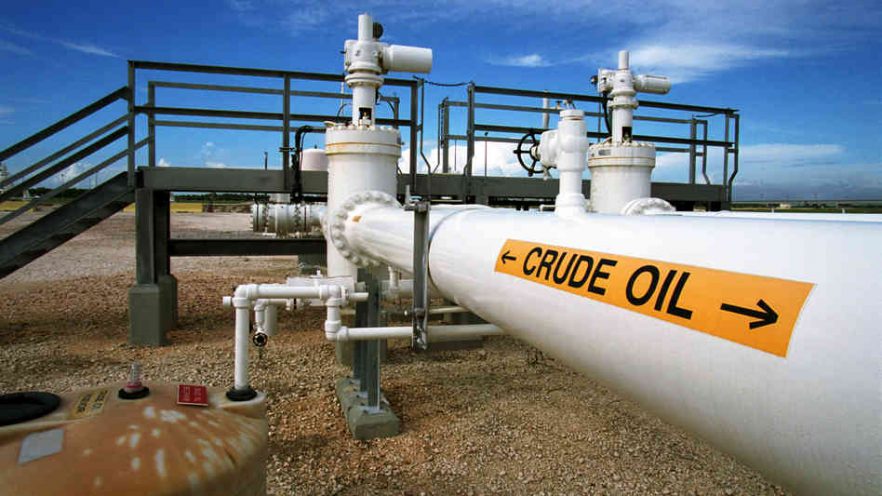U.S. crude inventories rose unexpectedly last week, the Energy Information Administration said, helped by release of oil from the U.S. government emergency reserve as well as weaker levels of export.
Crude inventories rose by 597,000 barrels in the last week to 470.5 million barrels, compared with analysts' expectations in a Reuters poll for a 600,000 barrel drop.
Crude stocks at the Cushing, Oklahoma, delivery hub fell by 409,000 barrels in the week to April 7, EIA said.
Stocks of crude oil in the Strategic Petroleum Reserve declined 1.6 million barrels, the first drawdown this year, as part of a congressionally mandated sale of 26 million barrels.
Exports of crude oil fell 2.5 million barrels per day (bpd), the largest drop on record, to 2.7 million bpd. Net U.S. crude imports rose by 1.56 million barrels per day to 3.5 million bpd, EIA said.
"Exports have been responding to the narrowing of the Brent/WTI (U.S. West Texas Intermediate crude) arbitrage," said Robert Yawger, director of energy futures at Mizuho Securities.
Exports tend to pick up when WTI trades at a more than $6 discount to Brent. It was trading at minus $4.20 on Wednesday.
Oil prices rose on Wednesday, shrugging off the EIA data to focus on cooling U.S. inflation numbers.
Brent crude gained $1.49 to $87.10 a barrel, while WTI CLc1 rose $1.52 to $83.06.
Gasoline and distillate inventories fell less-than-expected in week to April 7, the Energy Information Administration said on Wednesday.
U.S. gasoline stocks fell by 300,000 barrels in the week to 222.2 million barrels, the EIA said, compared with analysts' expectations in a Reuters poll for a 1.6 million-barrel drop.
Distillate stockpiles, which include diesel and heating oil, fell by 0.6 million barrels in the week to 112.4 million barrels, versus expectations for a 800,000 barrel drop, the EIA data showed.
Refinery crude runs fell by 30,000 barrels per day in the last week, EIA said.
Refinery utilization rates fell by 0.3 percentage points in the week to 89.3%.
With only 6 weeks until the start of summer driving season, the second straight weekly drop in the utilization rate raised concerns of a tightening gasoline market, Yawger said.






















